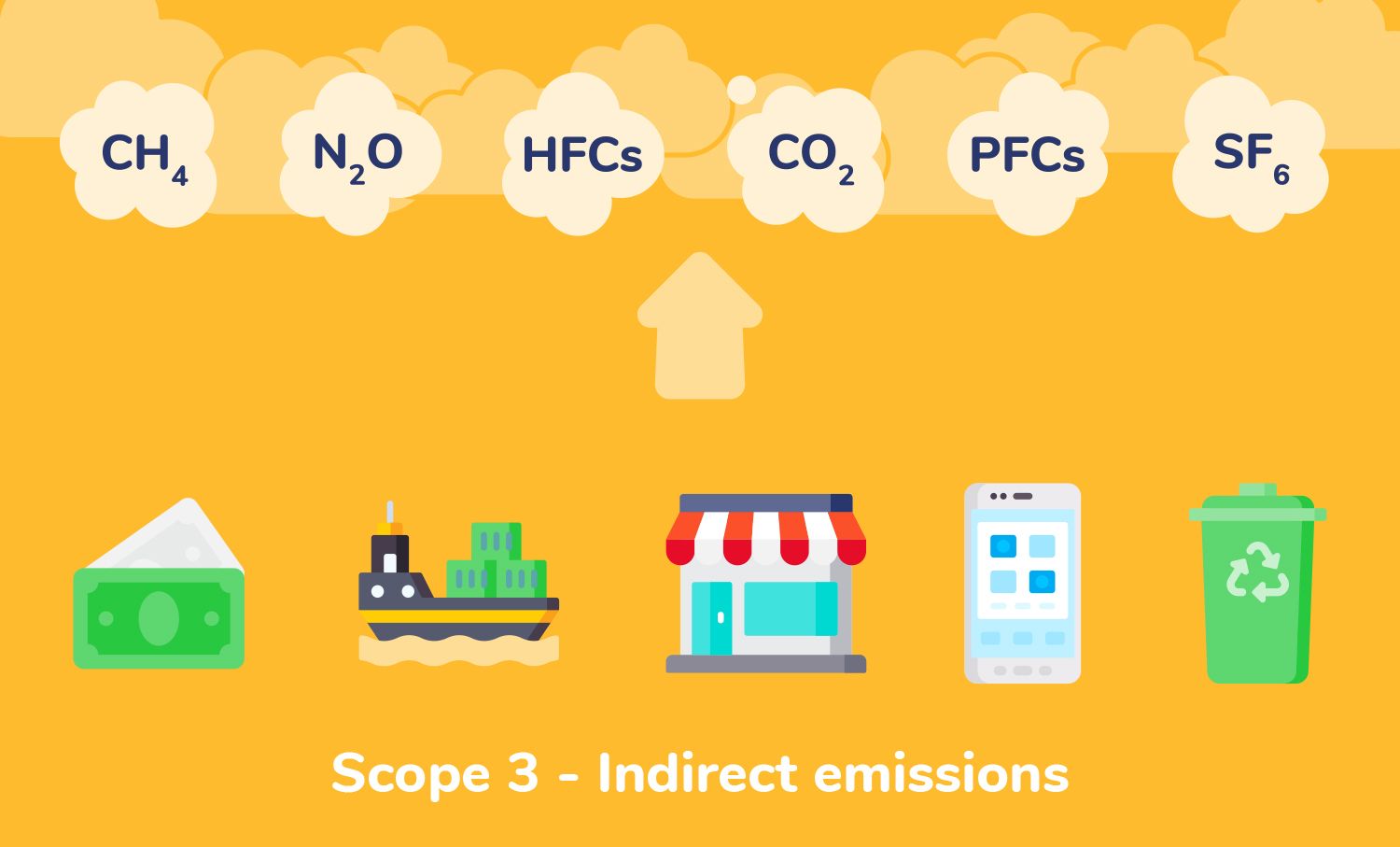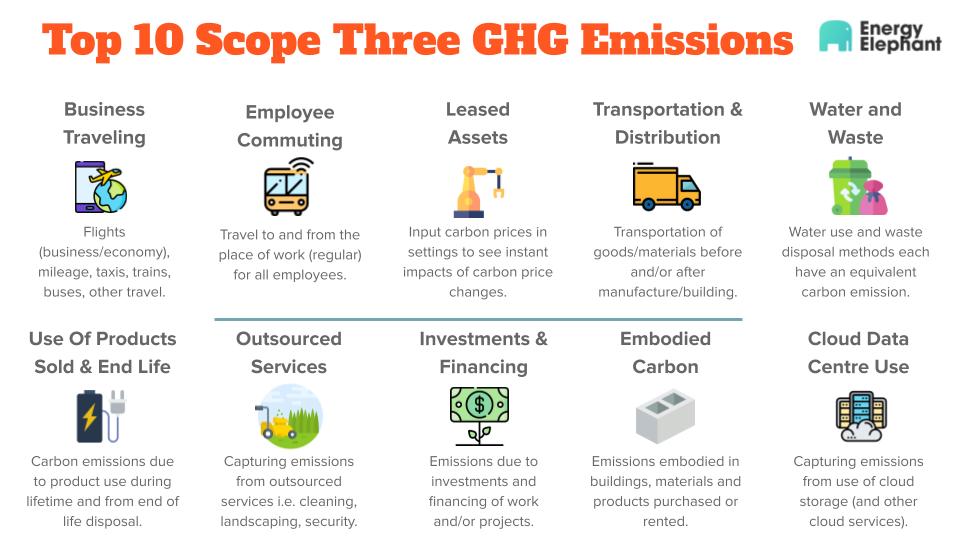Part III - Scope 3: Purchases, Processes, and Products: Measuring the full extent of Scope 3 emissions
Part III - Scope 3: Purchases, Processes, and Products: Measuring the full extent of Scope 3 emissions. How to identify and account for the life cycle of scope 3 emissions.

How to identify and account for the life cycle of scope 3 emissions.
Part III of our Carbon Scope series focuses on Scope 3 emissions; but before we dive into what these mean and how to measure them, let’s briefly review what greenhouse gas (GHG) emissions are, and how they’re divided.
The 3 scopes of GHG emissions
The GHG Protocol, a global standard framework focused on measuring greenhouse gas emissions, classifies these emissions into three scopes:
scope 1,
scope 2, and
scope 3.
Scope 1 emissions are direct: think of on-site manufacturing processes, building natural gas heating systems and emissions from company vehicles.
Scope 2 emissions comprise indirect emissions that are purchased or otherwise acquired. This scope focuses strictly on the emission of purchased energy, such as energy generated off-site but used by the company, like electricity to light a building.
But what about other sources of emissions, such as those associated with the use of your product? We’ll explore that in the sections below.
What are Scope 3 emissions?
So you’ve done it: you’ve successfully identified and managed your company’s scope 1 and 2 emissions. You have a system in place to track energy consumption and set targets for reductions in projected emissions.
But what about scope 3? How do you consider those indirect emissions that may seem out of your control, but are the result of your company’s operations? Where do you begin?
The first step is to identify the various processes involved in your business, such as manufacturing and delivery. The emissions associated with these supply chain processes, both upstream and downstream, are considered scope 3.
Upstream emissions
Upstream emissions include those that are generated within your organization’s value chain that are either purchased or acquired.
The GHG Protocol identifies the following upstream activities:
- Purchased goods/services
- Capital goods
- Fuel/energy related activities
- These activities cover those not included in scope 1 and 2. Examples include the generation of purchased electricity that is then sold to an end user.
- Transportation and distribution
- Operational waste
- These activities include waste treatment and disposal in facilities that are not owned by the company.
- Business travel
- This covers transportation in a third-party vehicle, such as an employee taking a flight from one city to another for a conference.
- Employee commuting
- Leased assets (upstream)
Downstream emissions
Downstream emissions include those that are generated as a result of products sold or services rendered after the organization has transferred ownership.
The GHG Protocol identifies the following downstream activities:
- Transportation and distribution
- Processing of sold products
- Use of sold products
- Leased assets (downstream)
- Franchises
- Investments
Why are Scope 3 emissions important?
In order to fully account for your organization’s carbon footprint, it is necessary to include scope 3 emissions. Understanding the extent of these emissions not only provides your company with a clear view of its current energy use, but it also provides a framework on which to develop targets and focus change and reductions.
How do you measure Scope 3 emissions?
Though scope 3 emissions are the most difficult to measure, they are often large contributors of a company’s carbon footprint. They also encompass actions that many people may not immediately consider (like flights to conferences that can be attended online), so they can be easily neglected in energy reduction efforts and awareness-building activities.
While there are several different ways to calculate scope 3 emissions, you will need data that is specific to each supplier involved with your company. For each category listed in upstream and downstream emissions, you will need both activity data and emission factors. The emission factors associated with purchased materials, waste products, and process emissions are just some examples.
The value of reporting on scope 3 emissions is more than worth the effort it will take. Since they often account for the majority of a company’s emissions, they must be recognized and managed for effective climate action.
Reference
Scope 3 calculation guidance: Greenhouse Gas Protocol. Scope 3 Calculation Guidance | Greenhouse Gas Protocol.
